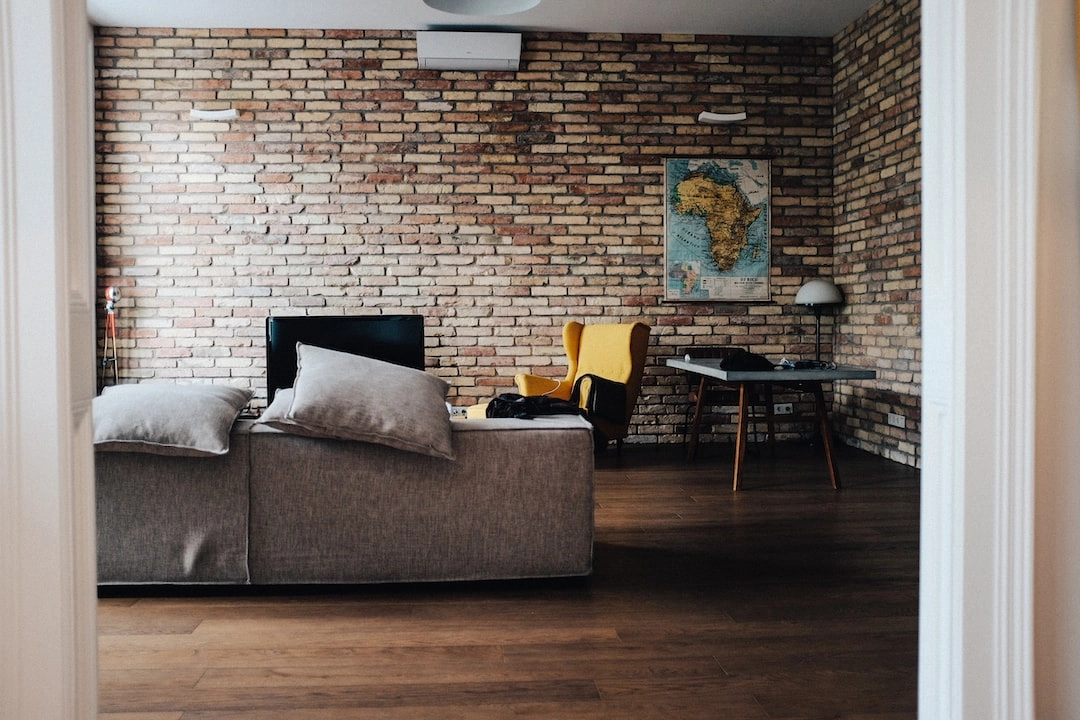
What it is:
Eco-conscious designs in home furniture are innovative and sustainable approaches to interior design that prioritize environmental responsibility. These designs aim to minimize the negative impact on the environment while also enhancing the overall aesthetic and functionality of living spaces. With a focus on using eco-friendly materials, reducing waste, and promoting energy efficiency, eco-conscious furniture designs are actively contributing to a more sustainable future.
Real-World Problems:
Despite the growing interest in eco-conscious designs, there are several challenges and barriers that need to be addressed in order to promote widespread adoption and implementation. These problems include:
1. Limited Availability and High Costs:
One major hurdle is the limited availability and higher costs associated with eco-conscious furniture. Currently, sustainable materials and manufacturing processes are not as widely adopted as conventional ones, making it more challenging for consumers to access eco-friendly options. Additionally, due to the higher production costs involved in sustainable practices, these eco-conscious designs may still come with a higher price tag, which can deter potential customers.
2. Lack of Awareness and Education:
Another significant barrier is the lack of awareness and education about eco-conscious furniture designs. Many consumers may not be familiar with the importance of sustainability in the furniture industry or the positive impact eco-friendly choices can have on the environment. Additionally, the complex terminology and technical aspects of sustainable furniture can make it difficult for consumers to understand the benefits and make informed choices.
3. Limited Design Options:
In the past, eco-friendly furniture designs were often associated with a specific aesthetic or style, limiting the choices available to consumers. However, the industry has evolved, and now there is a wider range of eco-conscious designs that cater to various preferences and tastes. Nonetheless, the misconception that sustainable furniture is limited in terms of design options still exists, discouraging some consumers from exploring these alternatives.
4. Durability and Performance:
There is a perception that eco-friendly furniture may not be as durable or high-performing as conventional products. This perception stems from the misconception that sustainability compromises quality. However, as technologies advance and designers prioritize eco-conscious materials and production techniques, sustainable furniture can meet or exceed the performance and durability of traditional designs. Educating consumers about the longevity and functionality of eco-conscious furniture is crucial in dispelling this myth.
5. Disposal and Upcycling:
The disposal of old furniture and the challenge of upcycling or recycling materials pose additional problems. As more consumers switch to eco-conscious designs, the proper handling and disposal of old furniture become important considerations. Finding effective ways to upcycle or recycle materials from outdated or worn-out furniture is essential to avoid adding to landfill waste and environmental degradation.
By addressing these real-world problems associated with eco-conscious designs in home furniture, we can work towards a more sustainable and environmentally responsible future in interior design.

Solutions:
To overcome the real-world problems associated with eco-conscious designs in home furniture, several solutions can be implemented:
1. Increasing Availability and Affordability:
Efforts should be made to expand the availability and accessibility of eco-conscious furniture. This can be done by encouraging more manufacturers to adopt sustainable practices and materials, collaborating with suppliers to reduce costs, and promoting government incentives or subsidies to encourage the production and purchase of eco-friendly furniture.
2. Raising Awareness and Education:
Educational campaigns and initiatives should be developed to promote awareness and understanding of the benefits of eco-conscious furniture. This includes educating consumers about sustainable materials, production processes, and the positive environmental impact of their choices. Providing clear and simplified information in marketing materials, labels, and online resources can help consumers make informed decisions.
3. Diversifying Design Options:
Designers and manufacturers should continue to prioritize and expand the range of eco-conscious furniture designs. By showcasing diverse styles, aesthetics, and functionality, consumers will realize that sustainable furniture can cater to various tastes and preferences. Collaboration between designers and sustainability experts can lead to the development of innovative and visually appealing options.
4. Emphasizing Durability and Performance:
Highlighting the longevity and performance of eco-conscious furniture is crucial in dispelling misconceptions about its quality. Designers and manufacturers should focus on creating durable and high-performing products that meet or exceed the standards of conventional furniture. Providing warranties and testimonials from satisfied customers can help build trust in the durability and functionality of eco-friendly designs.
5. Promoting Recycling and Upcycling:
Encouraging responsible disposal and promoting recycling and upcycling initiatives are vital in a circular economy. Furniture retailers and manufacturers can offer take-back programs to collect and properly dispose of old furniture. Collaborating with recycling facilities and exploring innovative upcycling techniques can ensure that valuable materials are given a second life, minimizing waste and environmental impact.
By implementing these solutions, the barriers hindering widespread adoption of eco-conscious designs in home furniture can be overcome. This will contribute to a more sustainable and environmentally friendly future in interior design.















